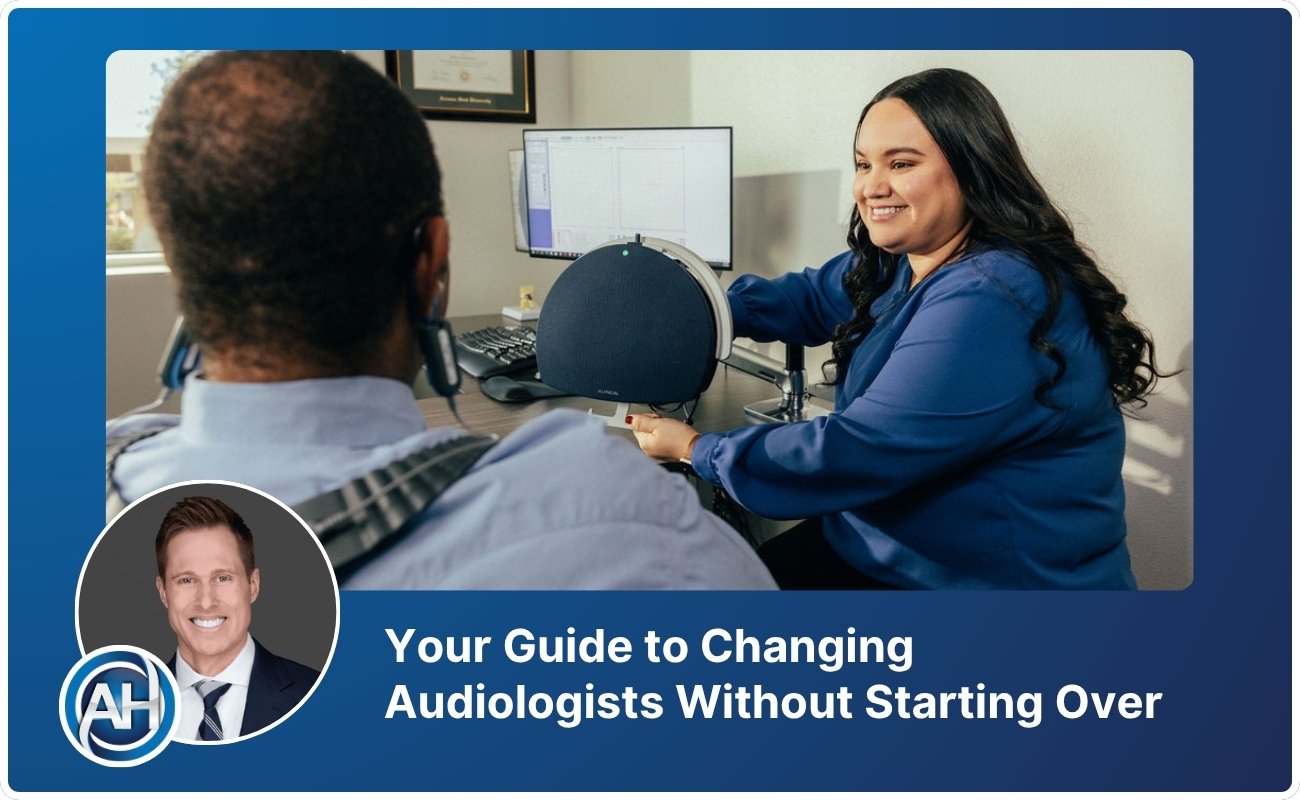
The Benefits of Custom Hearing Aids
Custom, in-the-ear hearing aids could be a better option for some patients.
Integrate your CRM with other tools
Lorem ipsum dolor sit amet, consectetur adipiscing elit lobortis arcu enim urna adipiscing praesent velit viverra sit semper lorem eu cursus vel hendrerit elementum morbi curabitur etiam nibh justo, lorem aliquet donec sed sit mi dignissim at ante massa mattis.
- Neque sodales ut etiam sit amet nisl purus non tellus orci ac auctor
- Adipiscing elit ut aliquam purus sit amet viverra suspendisse potenti
- Mauris commodo quis imperdiet massa tincidunt nunc pulvinar
- Adipiscing elit ut aliquam purus sit amet viverra suspendisse potenti
How to connect your integrations to your CRM platform?
Vitae congue eu consequat ac felis placerat vestibulum lectus mauris ultrices cursus sit amet dictum sit amet justo donec enim diam porttitor lacus luctus accumsan tortor posuere praesent tristique magna sit amet purus gravida quis blandit turpis.

Techbit is the next-gen CRM platform designed for modern sales teams
At risus viverra adipiscing at in tellus integer feugiat nisl pretium fusce id velit ut tortor sagittis orci a scelerisque purus semper eget at lectus urna duis convallis. porta nibh venenatis cras sed felis eget neque laoreet suspendisse interdum consectetur libero id faucibus nisl donec pretium vulputate sapien nec sagittis aliquam nunc lobortis mattis aliquam faucibus purus in.
- Neque sodales ut etiam sit amet nisl purus non tellus orci ac auctor
- Adipiscing elit ut aliquam purus sit amet viverra suspendisse potenti venenatis
- Mauris commodo quis imperdiet massa at in tincidunt nunc pulvinar
- Adipiscing elit ut aliquam purus sit amet viverra suspendisse potenti consectetur
Why using the right CRM can make your team close more sales?
Nisi quis eleifend quam adipiscing vitae aliquet bibendum enim facilisis gravida neque. Velit euismod in pellentesque massa placerat volutpat lacus laoreet non curabitur gravida odio aenean sed adipiscing diam donec adipiscing tristique risus. amet est placerat.
“Nisi quis eleifend quam adipiscing vitae aliquet bibendum enim facilisis gravida neque velit euismod in pellentesque massa placerat.”
What other features would you like to see in our product?
Eget lorem dolor sed viverra ipsum nunc aliquet bibendum felis donec et odio pellentesque diam volutpat commodo sed egestas aliquam sem fringilla ut morbi tincidunt augue interdum velit euismod eu tincidunt tortor aliquam nulla facilisi aenean sed adipiscing diam donec adipiscing ut lectus arcu bibendum at varius vel pharetra nibh venenatis cras sed felis eget.
The most common style of hearing aid you’ll see worn by hearing aid users is the receiver-in-canal (RIC) or receiver-in-the-ear (RITE) hearing aid. According to a recent article in The Hearing Review, receiver-in-canal and receiver-in-the-ear hearing devices account for four out of every five hearing aids sold. This is for a good reason - these hearing aids have the power to treat most hearing losses.
The receiver-in-the-canal wasn't always so popular; up until 2003, nearly all hearing aids were custom in-the-ear or behind-the-ear (BTE) hearing aids with a custom earmold.
Let's learn more about how custom hearing aids are fit.
What is the process for having a hearing aid custom-fitted for you?
After determining that a custom hearing aid is appropriate for your amount of hearing loss and your individual preferences and needs, your hearing care professional will take a physical impression of your ear. To complete a physical imprint, your hearing care practitioner will place an Otoblock in your ear canal, then fill it with a putty that will harden in a few minutes. These imprints are then submitted to a hearing aid manufacturer, where they are digitally scanned, allowing them to produce a custom hearing aid that fits properly within your ear.
The benefits of custom hearing aids
Have you ever wondered whether a custom hearing aid is a better fit for you? Here are some of the benefits:
Benefit #1: There are advantages to having a hearing aid inside your ear.
If you've ever worn a RIC or BTE hearing aid during this pandemic, you'll understand how much of a hassle it has been to remove your mask without getting it snagged on your hearing aids.
There are other advantages to having the hearing aid inside your ear, as opposed to behind your ear:
Less wind noise: If you're outside and the wind is blowing while wearing BTE or RIC hearing aids, the microphones behind your ears will pick up all wind sounds. Custom hearing aids put those microphones into your ear, where they can truly be protected from the wind.
Less noise from objects behind your ear: If you have hearing aids with microphones behind your ears and put your hands through your hair, you'll hear the scratching of your hair against those microphones. There is a similar effect if you often wear hats, headbands, face masks, or glasses; they could potentially conflict with your receiver-in-canal hearing aid for space behind your ears. When you have a custom hearing aid in your ear, you won't have to worry about that.
Benefit #2: You’re almost sure to get a more comfortable fit
There are several reasons why custom-fitted hearing aids are more comfortable.
First, they fit better. This eliminates the gaps between the ear canal and the hearing aid. When there is a gap between the ear canal and the hearing aid, sound can reverberate and create feedback. A custom-fitted hearing aid will not have this problem because it fits perfectly inside the ear canal.
Secondly, custom-fitted hearing aids are less likely to cause pressure on the outer part of your ear. This pressure can be irritating and even painful, particularly when you wear your device for an extended period.
Benefit #3: They could better fit your hearing loss prescription.
The fact that receiver-in-canal hearing aids can be fitted rapidly with a rubber dome is one of the key reasons why hearing care experts recommend them. However, wearing a rubber dome isn't necessarily the best way to get the most out of your hearing aids.
A custom hearing aid is likely the better option for you if you have a steeply sloping high-frequency hearing loss, a hearing loss in the lower frequency ranges, or moderately severe to profound hearing loss. Compared to a receiver-in-canal hearing aid that only employs a rubber dome, you can better manage the amplification levels inside your ear canal with a custom-molded hearing aid that has the right amount of venting.
If I haven't persuaded you that a custom hearing aid is better for you than a receiver-in-canal hearing aid, at the least, if you're going to get a receiver-in-canal hearing aid, consider getting a custom earmold to go with it. Because they frequently result in superior hearing performance, I fit many more custom hearing aids than conventional clinics. While there's nothing wrong with a good receiver-in-canal hearing aid with a rubber dome, not going custom could mean you're selling your hearing short. So, the next time you're in the market for a new pair of hearing aids, do yourself a favor and ask your Audiologist if custom is a better option for you.




